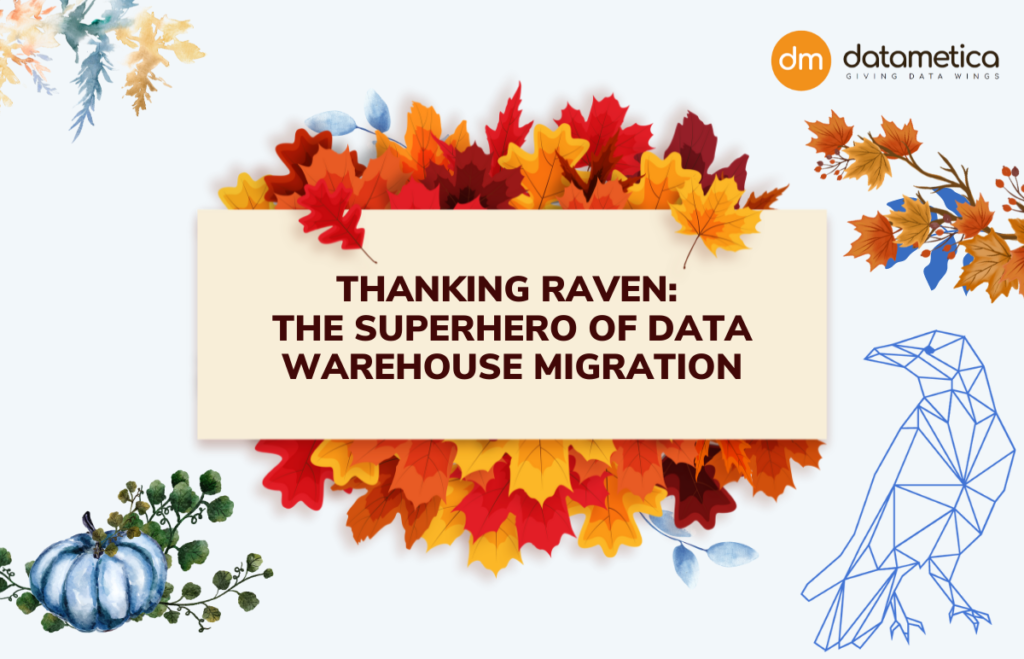
The season of festivals has already started, with Halloween just passing by and Thanksgiving already here. Thanksgiving is primarily about being thankful and counting the blessings. It is a time to celebrate the harvest and express gratitude.
While we are thanking your family and friends, take a few moments to thank your automated friends who have helped ease your legacy data warehouse modernization efforts. So, this year as you start preparing to break the wishbone for Thanksgiving, there are numerous reasons to remember all automated data warehouse modernization tools, especially automated code conversion technology.
Is code transformation so important in data warehouse migration?
The answer is, “very important.” Did you know that according to Gartner, 95% of new digital workloads will be deployed on cloud-native platforms by 2025 compared to just 30% in 2021? In the data migration process there are three major and very crucial steps in data migration: data warehouse assessment & planning, code transformation, and data validation. Code conversion is actually a step that transforms your legacy source data codes as per the requirements and compatibility of the target native cloud ecosystem. This is the process, which is easier said than done. Imagine having to convert petabytes of data with millions of lines of codes with maximum accuracy and strict deadlines without any automation tool. In today’s data-driven world, it’s difficult to even imagine it, right? Moreover, there are additional hurdles that make your work more difficult. Let’s have a look at some common complexities in the process of code transformation and data migration.
Code Transformation: A Most Crucial But Complex Step in the Data Migration Process
Migrating data, applications, and data architecture from one IT environment to another is both delightful and stressful. From one perspective, it addresses achievement because the organization has outgrown its current level. However, it is a complex and arduous task for an organization, which might raise a number of obstacles. Understanding common code migration concerns could allow businesses to improve their readiness for an IT transfer and reap the benefits of the new IT environment when it happens.
Insufficient Understanding of Legacy Data Source
The knowledge gap includes being unaware of data errors such as duplication, missing information, misspellings, and incorrect data. It’s all too easy to become comfortable and believe that your data can be readily configured into the parameters of a new system, but the truth can result in crucial failures when it comes to user acceptability. To achieve success, you must first understand the source data.
Non-Standard Data Conversation Process
To convert data, a diverse group of people employs various technologies or takes up manual processes. This includes anything from time-consuming and error-prone spreadsheets to unapproved third-party data conversion tools. This might lead to data conversion issues or failure, resulting in greater expenses and wasted time. The typical case is the usage of spreadsheets to document data requirements, which are prone to human error and difficult to translate when analyzing data or executing data transformations.
Lack of Team and Tech Collaboration
As previously mentioned, data migrations and code conversion involve a diverse group of individuals using various technologies and, in some cases, a mix of internal staff and external contractors. Some of these individuals might not even be in the same place at the same time. Working in silos decreases efficiency, creates new data silos, and can cause misunderstandings. Moreover, when done manually, different individuals might end up transforming codes into the required coding language in different ways based on their knowledge, adding to the process’s complexity.
Volume of Code to be Migrated
Over the years, petabytes of data have been stored in the legacy data warehouse in the form of millions of lines of code and hundreds of thousands of code workloads in the form of ETL, scripts, and SQL. This is a very large quantity of data, and it is almost impossible to convert codes for such a huge quantity manually. Not all the automated data migration tools support code conversion for such a huge quantity.
SQL and Tools Based-ETL Barriers
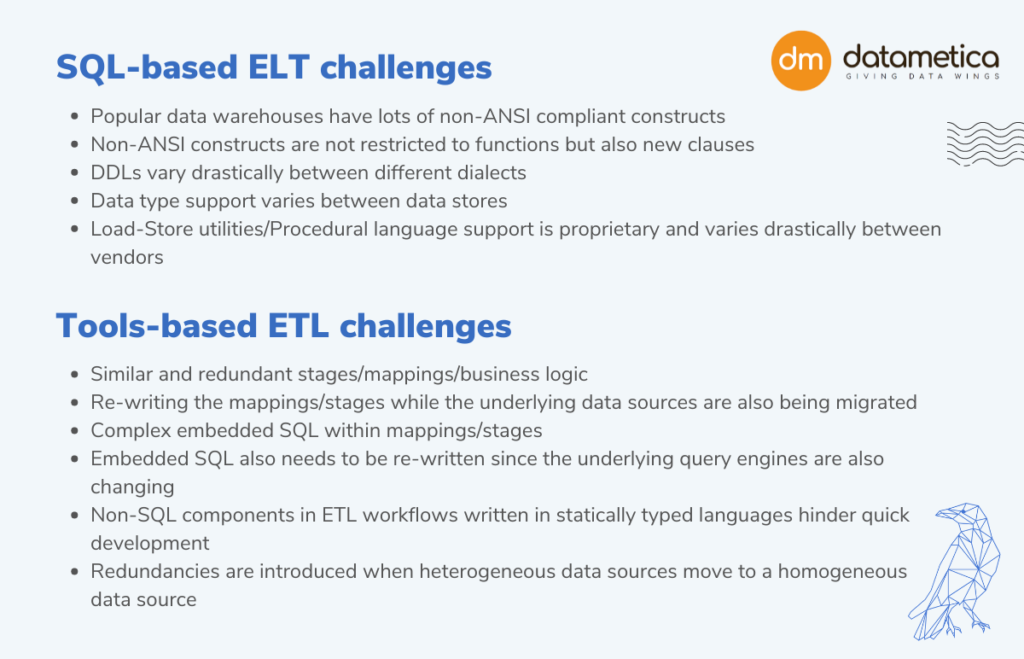
Time Consumed for Code Conversion Process
Data warehouse migration and code conversion are very time-consuming and laborious jobs. According to the Blood Group, 41% of the data migration projects overrun time, and 83% of data migration projects either fail or run over budget and time, according to Gartner. These studies clearly showcase that code conversion and data migration as a whole are time-consuming processes.
How Can You Ease the Complexities of Code Transformation?
Code transformation is a crucial step when it comes to data warehouse modernization. Majority of the above mentioned complexities can be taken care of simply by deploying automated code conversion tools. But not any automated code conversion tool can ease all the challenges that you might encounter. Some of the tools are not capable enough to handle huge volumes of data, and others might face issues while converting to/from workloads of certain code format. Datametica’s Raven is the automated code conversion tool, assists organizations in eliminating manual errors and reducing the number of employees, expenditures, and time required for code translation.
What is Raven: The Superhero of Code Transformation?
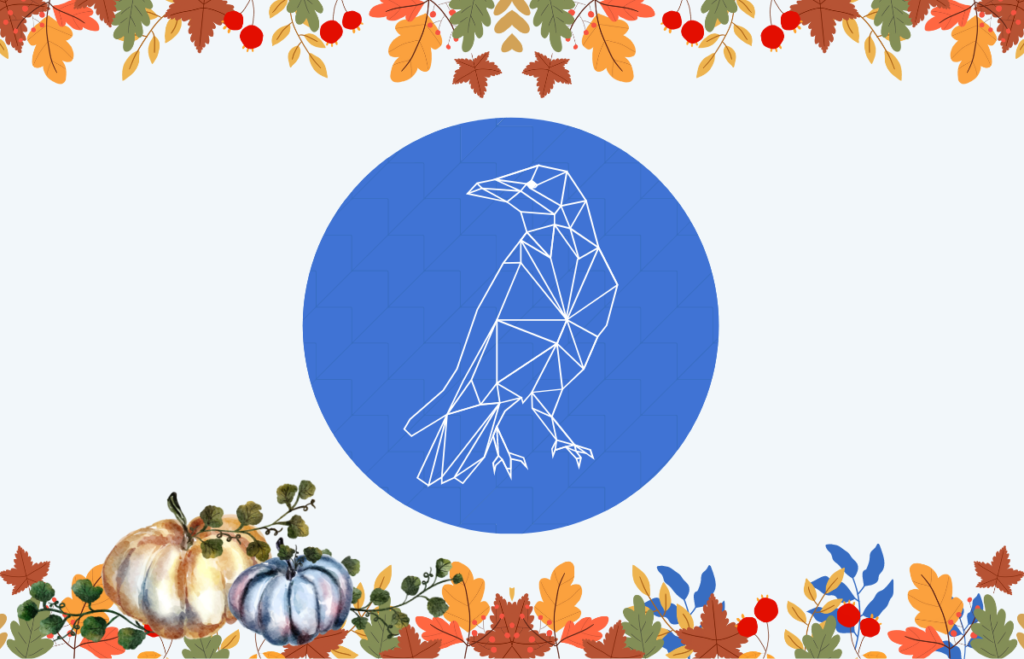
Raven is Datametica’s automated transpiler technology that converts code in an accurate, uniform, and reliable manner. As part of the cloud migration process, it transforms code workloads such as ETL, scripts, and SQL from legacy on-premises systems such as Oracle, Netezza, Teradata, and many more to cloud-native platforms like Google BigQuery, Snowflake, Azure Synapse, Databricks, and AWS Redshift. It swiftly alters and optimizes programs of varied lengths and levels of complexity with greater accuracy to ensure consistent script formatting.
Raven devotes time and resources to the most crucial elements of migration, resulting in minimum code translation errors, better precision with consistent formatting, a lowered migration time due to automated code translation, and improved efficiency—features that place it far ahead of traditional methods.
Many More Reasons to Thank Datametica’s Raven
Understand Your Legacy Data Source
Creating a solid information movement strategy should always be the first step in any code transfer. For this, we need to thank Datametica’s Eagle, as it makes this step of data migration and code conversion seamless. Eagle by Datametica is an automated assessment, and Cloud migration planning technology. To understand the workflows and data dependencies, it evaluates the workload, logs, scheduler, scripts, ETL, ELT, and all dependencies on the on-premises data platforms Netezza, Teradata, Oracle, and Hadoop. Eagle provides a complete migration plan as well as an understanding of the existing data model, ETL logic, associated workloads, pipelines, and deliverables. Additionally, Eagle assists you in segmenting the project and creating a realistic migration strategy.
Standardized Code Transformation
The failure of non-standard data conversion results in higher costs and wasted time. As mentioned above, manual code conversion is prone to human errors, and different individuals might transform codes into the required coding language in different ways based on their knowledge. This will result in non-standardized conversion, increasing complexities and affecting data output. So, we need to thank Datametica’s Raven for addressing this complexity of code conversion and converting codes in a standardized manner through automation.
Automated Code Transformation Irrespective of Volume
This Thanksgiving, we need to thank Raven for handling a large volume of data, effortlessly. We should thank Raven for millions of lines of code migration. We should thank Raven for the seamless and constant transformation of hundreds of thousands of code workloads in the form of ETL, scripts, and SQL.
Significant Time, Labour, and Cost Saving
As you might have understood by now, code migration is a time-consuming process and very laborious in nature, when done manually or with some automation tools. But thanks to Raven for making a difference. By automating the complex code transformation process, Raven saves the work of many employees, whom you would otherwise hire to do this work at a high cost. Raven also contributes to a significant amount of time savings and enables you to meet the timeline of data warehouse modernization.
Thanking Raven: The Superhero of Code Conversion
As it’s already Thanksgiving, here are some of our clients who have used Raven in their migration process, witnessed its capabilities, and we’re grateful for the help that Datametica’s Raven had provided.
Testimonials
An American Multinational Telecom Company
“We wanted to extend a note of appreciation and thank you for all the support for swift Hive-BQ DDL conversions for an American Telecom Giant’s project. Some DDL requests came in over the weekend, as well as other priority items, which were fulfilled and DDLs delivered on time to meet the deadlines.
Thank you again from the entire project team.”
An American Multinational Food Company
“We would like to extend our sincerest appreciation for the amazing work done on the Cloud Analytics Acceleration Program by Datametica. The professionalism and the endless hours that you and your teams have spent, through the uncertainty of the pandemic, challenges of remote-working environments, and unparalleled circumstances, have impressed the organization immensely. It’s been an honor and pleasure to work with, and get to know you.
Because of you, we are one step closer to achieving our company’s vision of unleashing our scale and driving growth by becoming the unquestionable CPG leader in Data and Analytics (DnA). Industry-leading technology will serve as the foundation for achieving our DnA ambitions, helping us drive action by making new connections across our data. Thank you for your hard work and dedication towards this mission. We are very proud to have been able to partner with you to make our vision a reality.”
The Global Leader in Communication Technology
“We would like to extend our appreciation for all the efforts made over the last few weeks. Yes, we have received DDL and DML for wave 6 apps, and Raven conversion is completed. We will validate it now.
Also, for wave 7, we will identify apps applicable for Raven conversion.”
Get in touch with us today for a seamless data warehouse modernization.
.
.
.
About Datametica
A Global Leader in Data Warehouse Modernization & Migration. We empower businesses by migrating their Data/Workload/ETL/Analytics to the Cloud by leveraging Automation.

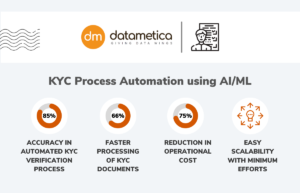
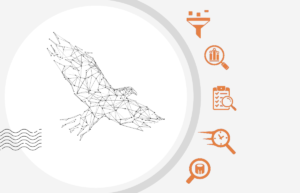
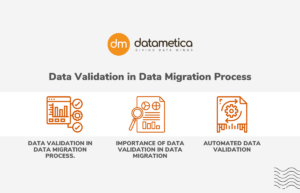
2 Comments